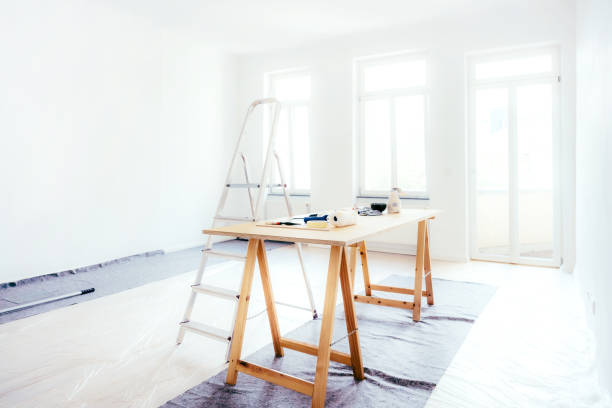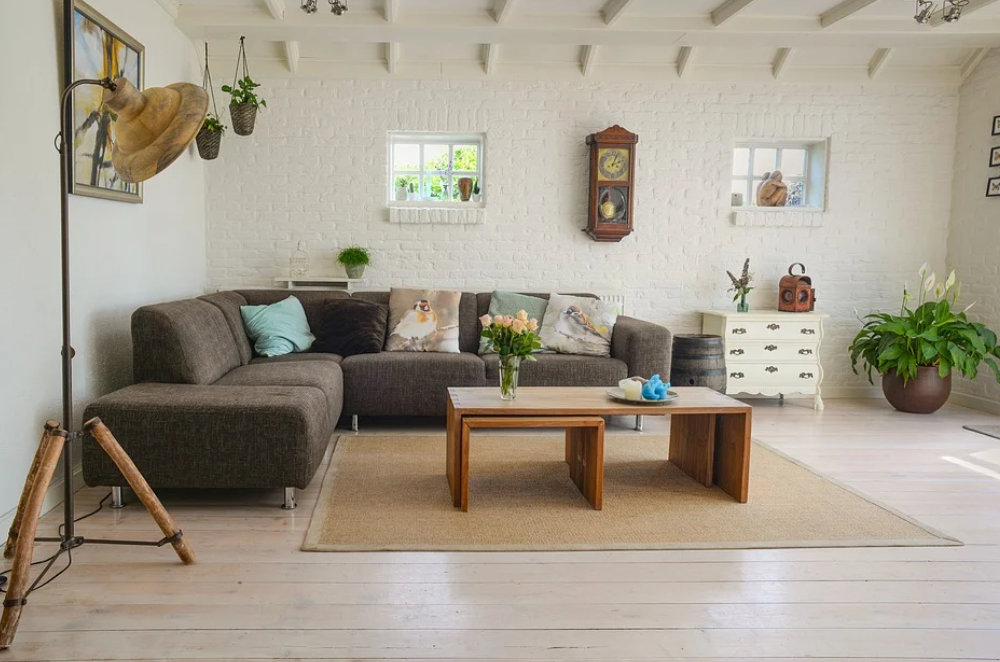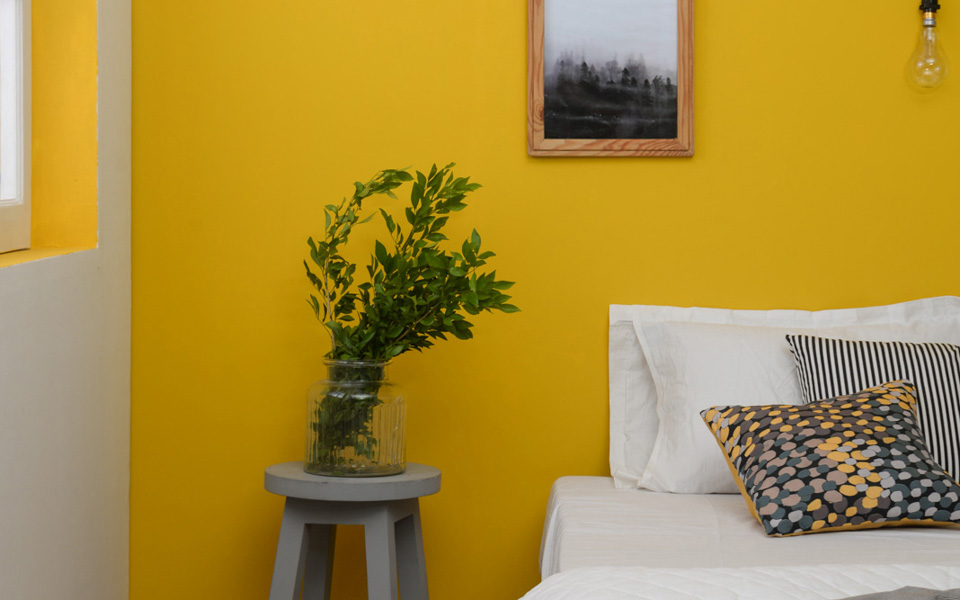In today’s rapidly changing world, the concept of green living and sustainable practices has become more critical than ever. As environmental concerns continue to escalate, individuals are seeking ways to reduce their carbon footprint and make a positive impact on the planet. One area where we can significantly contribute to sustainability is within the confines of our own homes. By adopting sustainable practices and incorporating green living principles, we can create a greener home that benefits both the environment and our overall well-being.
One of the fundamental aspects of green living is energy conservation. In a greener home, energy-efficient appliances and lighting play a vital role. Replacing traditional incandescent bulbs with LED or CFL lights can save a significant amount of electricity while lasting much longer. Additionally, investing in energy-efficient appliances, such as refrigerators, washing machines, and air conditioners, can lead to reduced energy consumption and lower utility bills.
Renewable energy sources are another crucial aspect of green living. Installing solar panels on rooftops can harness the power of the sun and convert it into clean, renewable electricity. This not only helps reduce dependence on fossil fuels but also lowers the home’s overall carbon emissions. Many governments offer incentives and tax credits to encourage the adoption of renewable energy, making it a financially feasible option for homeowners.
Water conservation is equally important in a greener home. Implementing simple practices like fixing leaks, installing low-flow faucets and showerheads, and collecting rainwater for gardening can significantly reduce water wastage. Greywater systems can also be set up to recycle water from showers and sinks for non-potable purposes, further reducing water consumption.
A greener home is also characterized by sustainable materials and construction techniques. When renovating or building, opting for eco-friendly materials like bamboo flooring, reclaimed wood, or recycled glass not only reduces the demand for new resources but also minimizes harmful emissions. Additionally, proper insulation and energy-efficient windows can enhance the home’s thermal efficiency, reducing heating and cooling needs.
Integrating nature into living spaces is a hallmark of green living. Indoor plants not only improve air quality by absorbing carbon dioxide and releasing oxygen but also provide a sense of tranquility and connection with nature. Creating a small garden or green space at home allows residents to grow their own organic produce, promoting a healthier lifestyle and reducing the environmental impact of food transportation.
Waste reduction and recycling are crucial components of a greener home. Implementing a composting system for kitchen scraps and yard waste reduces the amount of organic matter sent to landfills while creating nutrient-rich soil for the garden. Proper waste segregation and recycling ensure that materials like paper, glass, plastics, and metals are reused, reducing the demand for new raw materials and minimizing pollution.
Adopting a minimalist approach to consumption also aligns with green living principles. Choosing quality over quantity and purchasing items made from sustainable materials can help minimize waste and reduce the environmental impact of production and transportation. Embracing second-hand shopping and upcycling old items can also add a unique touch to home decor while reducing the demand for new goods.
Lastly, a greener home promotes eco-friendly transportation options. Encouraging cycling, walking, or using public transportation reduces reliance on personal vehicles and decreases greenhouse gas emissions. Installing electric vehicle charging stations at home can further incentivize the transition to sustainable transportation.
In conclusion, green living and sustainable practices for a greener home are vital steps we can take to protect the environment and ensure a better future for generations to come. By implementing energy conservation, utilizing renewable energy sources, practicing water conservation, using sustainable materials, integrating nature, reducing waste, and adopting eco-friendly transportation options, we can collectively make a significant difference. The choices we make within the confines of our homes can positively impact the world outside, inspiring others to follow suit and creating a ripple effect of positive change for a greener and more sustainable planet.…





